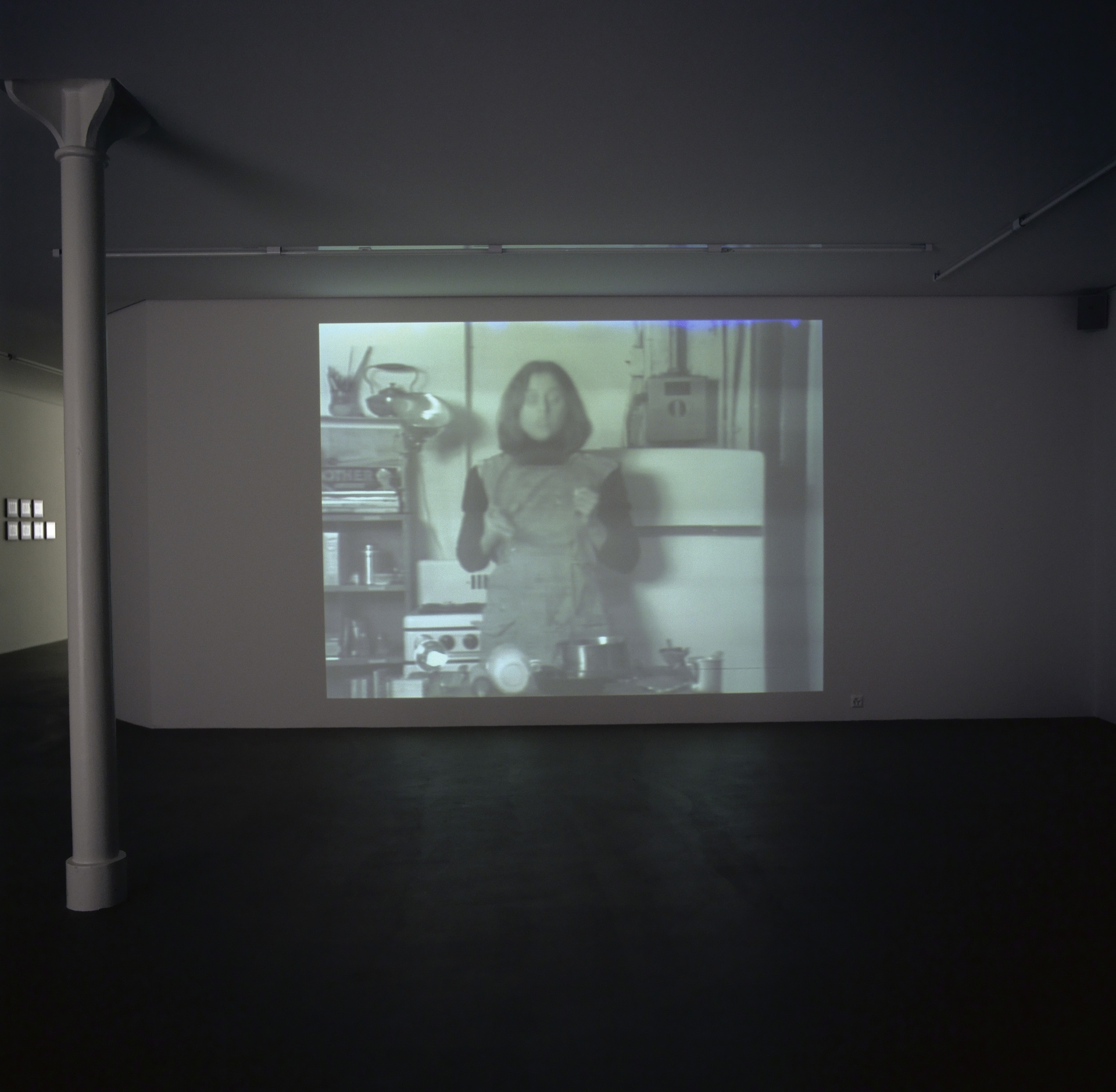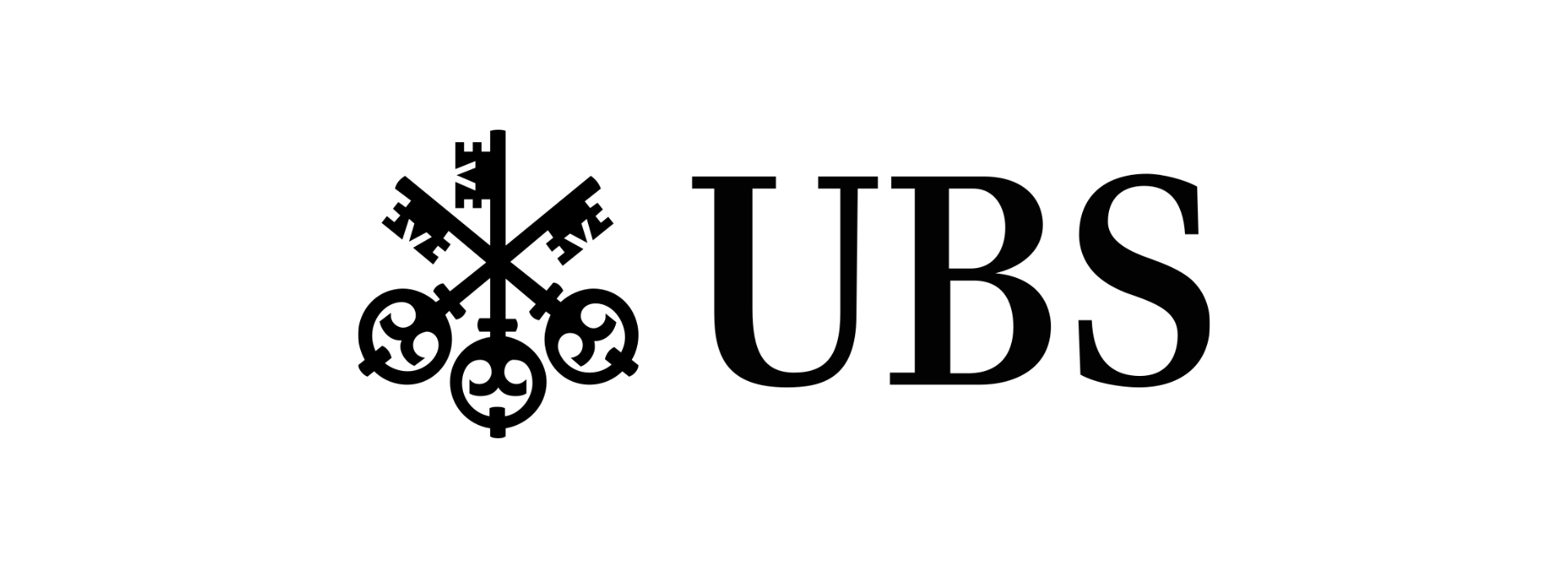My favourite: Martha Rosler, Semiotics of the Kitchen
Hannah Horst's favourite
05 mai 2020
The Kunstmuseum Basel’s collections comprise ca. 4,000 paintings, sculptures, videos, and works of installation art, as well as the ca. 300,000 drawings and prints from seven centuries held by the Kupferstichkabinett. And around 200 people work at the Kunstmuseum Basel in a wide variety of professions - full-time, part-time, on an hourly basis. Some of them present their favourite works from the collection here.
1. What is your name and what is your role at the Kunstmuseum Basel?
Hannah Horst, Head of Education & Mediation
2. Job description
As head of the department Education & Mediation I am responsible for the conception of all educational formats of the Kunstmuseum Basel. As a team, we design contemporary and experimental educational formats, tools or vessels in which the goals we have developed are brought to bear. The aim is to open up an area of tension that on the one hand conveys the content, but on the other hand does not simply "fill" the audience with knowledge. The participants' own knowledge and wishes therefore come into play here. Art education is not, as seen in the past in museums, a lesson with a top-down system, but a moment in which the audience is empowered to critically examine what they have seen and heard and to form their own attitude.
3. What's your favorite work?
Martha Rosler's "Semiotics Of The Kitchen", 1975
4. Why?
Rosler "shows and describes" the ingredients of everyday life in the kitchen from A to Z. When she cuts the letters of the alphabet into the air with a knife and fork, her movements resemble those of an activist piercing through the system of classical role models and thus questioning them. Is the Corona crisis an opportunity or a threat to feminism? It is women who hold everyday life together. They are the ones who do the greater part of vital unpaid and underpaid care work. Because of all the systemically relevant positions that they occupy as cashiers, educators or carers and in return, instead of a good salary, reap only a well-intentioned but also somewhat complacent clapping. #stayathome is a political act, because it raises the question of who takes care of food, children and household. The work of Martha Rossler is for me a friendly reminder to actively demand change more than ever and to continue to give the Femininums a (loud) voice.

